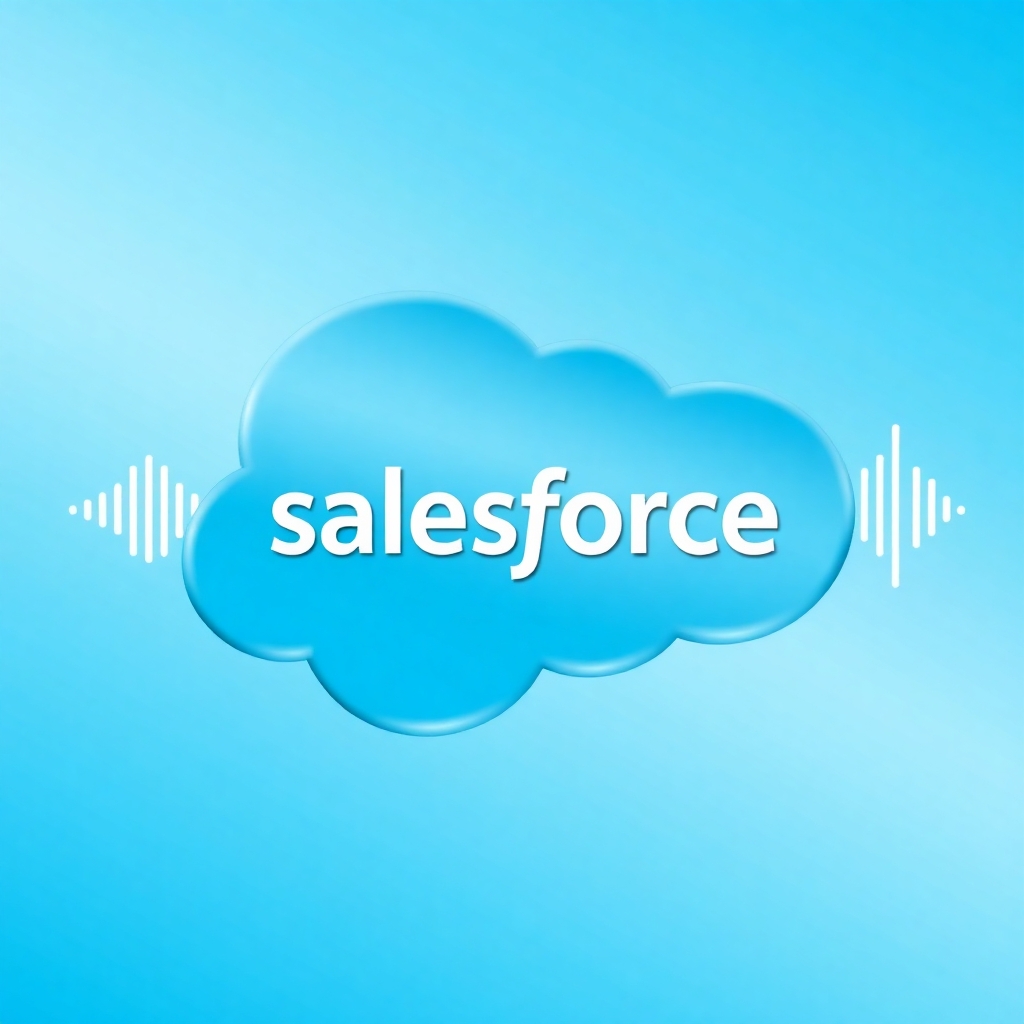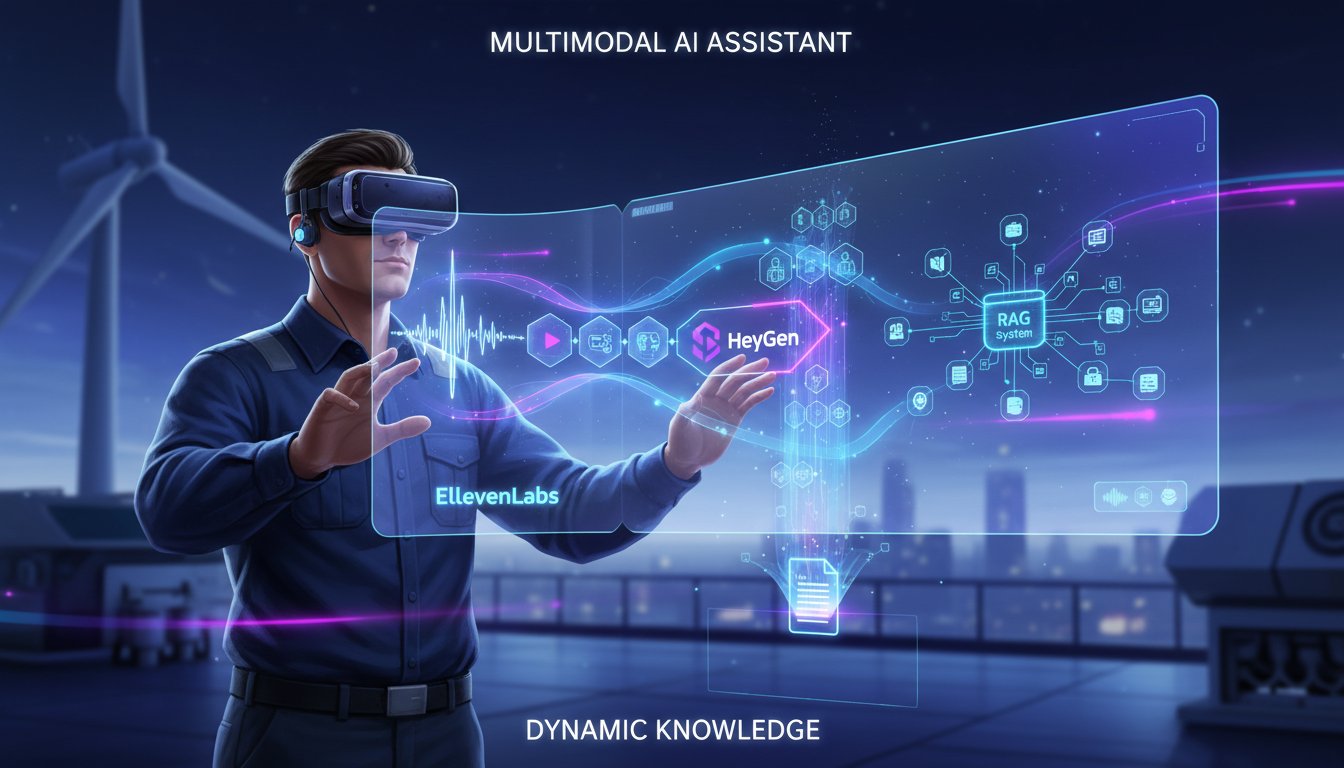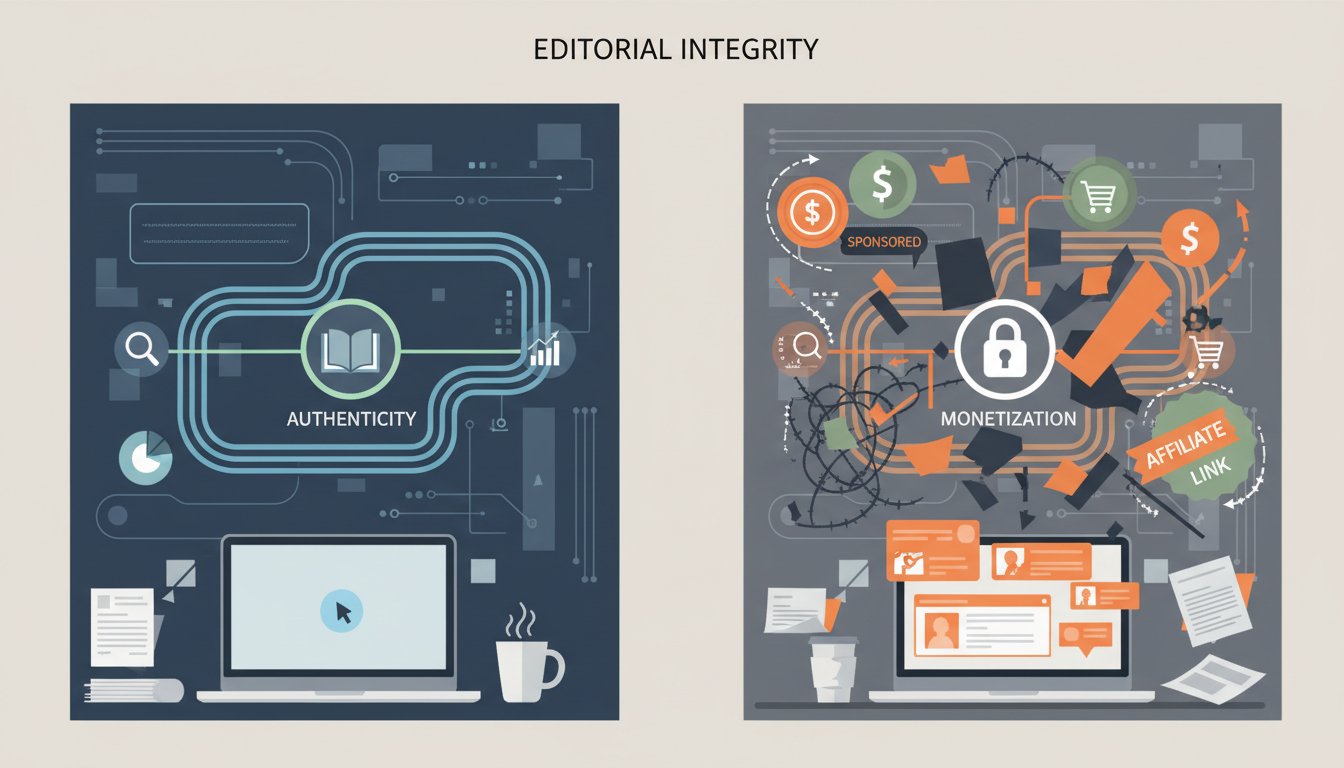Revolutionizing Customer Interactions: Integrating ElevenLabs AI Voices with Salesforce
In today’s competitive landscape, personalized customer engagement is paramount. Businesses are constantly seeking innovative ways to connect with their audience and streamline internal processes. Enter the powerful combination of ElevenLabs’ cutting-edge AI voice generation and Salesforce’s robust CRM capabilities. This technical walkthrough will guide you through integrating these two platforms, empowering you to dynamically create personalized audio messages, generate voiceovers for training modules, and significantly enhance both customer-facing and internal communications.
This guide is tailored for Salesforce administrators, developers, marketing automation specialists, and technical writers aiming to leverage the transformative potential of AI voice technology within their Salesforce ecosystem.
Why Integrate ElevenLabs with Salesforce?
ElevenLabs offers incredibly realistic and natural-sounding AI voices, capable of conveying nuance and emotion. Integrating this technology with Salesforce opens up a myriad of possibilities:
- Hyper-Personalized Customer Outreach: Imagine new leads receiving a personalized welcome audio message in their preferred language, or customers getting voice-based updates on their service cases, directly triggered by Salesforce workflows.
- Enhanced RAG-Driven Interactions: For organizations utilizing Retrieval Augmented Generation (RAG) models to provide customer support or information, adding a high-quality voice output via ElevenLabs can make these interactions more engaging and human-like than text-only responses.
- Efficient Content Creation: Generate professional voiceovers for internal training materials, product demos, or accessibility features directly within Salesforce, saving time and resources.
- Improved Accessibility: Provide audio versions of important communications for visually impaired users or those who prefer auditory information.
- Increased Engagement: Voice messages can often capture attention more effectively than emails or text, leading to higher engagement rates.
Prerequisites
Before you begin, ensure you have the following:
- Salesforce Org: Access to a Salesforce org with administrative privileges or developer permissions to create Apex classes, triggers, and potentially Visualforce pages or Lightning Web Components (LWCs).
- ElevenLabs Account: An ElevenLabs account. You can sign up and explore their offerings. Many plans include API access. try for free now
- ElevenLabs API Key: Once your account is set up, obtain your API key from the ElevenLabs dashboard. This key will be crucial for authenticating requests from Salesforce.
Step-by-Step Integration Guide
This guide outlines a custom integration approach using Apex callouts. Depending on your specific needs and technical expertise, you might explore other methods or potential AppExchange solutions as they become available.
Step 1: Store Your ElevenLabs API Key Securely in Salesforce
Never hardcode API keys. Use Salesforce’s Named Credentials or Custom Metadata/Settings to securely store your ElevenLabs API key.
- Using Named Credentials (Recommended):
- Go to Setup > Security > Named Credentials.
- Click ‘New Named Credential’.
- Label:
ElevenLabs_API(or similar) - Name:
ElevenLabs_API - URL:
https://api.elevenlabs.io - Identity Type:
Named Principal - Authentication Protocol:
Password Authentication - Username: Not strictly needed by ElevenLabs API if using the header, but you can put a placeholder.
- Password: Enter your ElevenLabs API Key here (it will be treated as the password for authentication header purposes).
- Generate Authorization Header: Uncheck this if you plan to set the ‘xi-api-key’ header manually in Apex. If checked, you might need to configure it to insert the API key as a custom header.
Step 2: Create an Apex Class for ElevenLabs API Callouts
This class will handle the communication with the ElevenLabs API.
// Apex Class: ElevenLabsService.apxc
public class ElevenLabsService {
private static final String ELEVENLABS_API_ENDPOINT = 'callout:ElevenLabs_API/v1/text-to-speech/'; // Using Named Credential
// Or if not using Named Credentials for the full endpoint:
// private static final String BASE_URL = 'https://api.elevenlabs.io/v1/text-to-speech/';
// private static final String API_KEY = 'YOUR_STORED_API_KEY'; // Retrieved from Custom Setting/Metadata
@future(callout=true)
public static void generateSpeech(String textToSpeak, String voiceId, Id recordId, String textFieldToUpdate) {
// 1. Construct the Request Body
Map<String, Object> payload = new Map<String, Object>{
'text' => textToSpeak,
'model_id' => 'eleven_multilingual_v2', // Or your preferred model
'voice_settings' => new Map<String, Object>{
'stability' => 0.5,
'similarity_boost' => 0.75
}
};
String body = JSON.serialize(payload);
// 2. Make the HTTP Request
HttpRequest req = new HttpRequest();
req.setEndpoint(ELEVENLABS_API_ENDPOINT + voiceId);
req.setMethod('POST');
req.setHeader('Content-Type', 'application/json');
req.setHeader('Accept', 'audio/mpeg');
// If not using Named Credentials to automatically add the key:
// req.setHeader('xi-api-key', API_KEY);
req.setBody(body);
req.setTimeout(120000); // 2 minutes timeout
Http http = new Http();
HttpResponse res = http.send(req);
// 3. Process the Response
if (res.getStatusCode() == 200) {
Blob audioBlob = res.getBodyAsBlob();
// Store the audio file (e.g., as an Attachment, File, or link to external storage)
// For this example, let's assume storing as a File (ContentVersion)
ContentVersion cv = new ContentVersion();
cv.Title = 'Generated Speech - ' + Datetime.now().format();
cv.PathOnClient = 'generated_speech.mp3';
cv.VersionData = audioBlob;
cv.FirstPublishLocationId = recordId; // Link to the relevant record
insert cv;
// Optionally, update a field on the record with a link or status
if (String.isNotBlank(recordId) && String.isNotBlank(textFieldToUpdate)) {
SObject recordToUpdate = recordId.getSObjectType().newSObject(recordId);
recordToUpdate.put(textFieldToUpdate, 'Audio generated successfully.');
update recordToUpdate;
}
} else {
System.debug('ElevenLabs API Error: ' + res.getStatusCode() + ' ' + res.getStatus());
System.debug('Response Body: ' + res.getBody());
// Handle error (e.g., log it, notify admin)
}
}
}
Note: You’ll need to know the voiceId for the ElevenLabs voice you want to use. You can find these via the ElevenLabs API or their website.
Step 3: Invoke the Apex Class from a Trigger, Flow, or LWC
Now, you can call the generateSpeech method from various places within Salesforce:
- Apex Trigger: For example, when a new Lead is created, or a Case status changes.
apex
// Example Trigger on Lead creation
trigger LeadTrigger on Lead (after insert) {
for (Lead newLead : Trigger.new) {
if (String.isNotBlank(newLead.FirstName)) {
String welcomeMessage = 'Hello ' + newLead.FirstName + ', welcome to our service!';
// Replace 'YOUR_VOICE_ID' with an actual voice ID from ElevenLabs
// Replace 'Description' with a field API name if you want to update a field
ElevenLabsService.generateSpeech(welcomeMessage, 'YOUR_VOICE_ID', newLead.Id, null);
}
}
} - Salesforce Flow: Use an ‘Action’ element to call the Apex method. This is a great low-code option for admins.
- Lightning Web Component (LWC): Create a button or UI element that allows users to generate voice messages on demand.
Step 4: Storing and Playing Audio in Salesforce
The example Apex code saves the generated MP3 as a Salesforce File (ContentVersion) linked to the record. You can then:
- Display these files in related lists on record pages.
- Create custom LWCs to play the audio directly within Salesforce using the
<audio>HTML tag. - If files become very large or numerous, consider integrating with an external cloud storage provider (e.g., AWS S3, Google Cloud Storage) and storing a link in Salesforce.
Practical Use Cases Explored
-
Automated Personalized Welcome Messages for New Leads: As shown in the trigger example, automatically generate a friendly audio welcome when a new lead is created. This can be customized with the lead’s name, company, or other CRM data.
-
Voice-Based Status Updates for Service Cases: When a service case status changes (e.g., ‘Resolved’, ‘Awaiting Customer Response’), trigger an audio notification. This can be attached to the case or even sent to the customer if an appropriate communication channel (e.g., a portal with audio playback) is available.
-
Generating Voiceovers for Internal Training Modules: Technical writers or training departments can use a simple LWC interface. They input text for a training module section, select a voice, and generate the audio file. This audio can then be embedded into training materials or e-learning platforms.
- Example LWC Concept: A component with a textarea for text input, a dropdown for voice selection (populated from ElevenLabs API or a fixed list), and a ‘Generate Audio’ button. Upon generation, the audio file could be previewed and saved.
Enhancing RAG-Driven Customer Interactions
For systems using RAG to pull information and formulate text-based answers (e.g., a chatbot answering complex queries by referring to a knowledge base), the ElevenLabs integration adds a new dimension. After the RAG system generates the text answer, Salesforce can pass this text to ElevenLabs to create an audio version. This is particularly useful for:
- Accessibility: Catering to users who prefer or require audio.
- Engagement: Making automated responses feel more personal and less robotic.
- Voice Bots: Powering more natural-sounding voice interactions in IVR systems or voice-activated assistants integrated with Salesforce.
Conclusion: Amplify Your Salesforce Experience
Integrating ElevenLabs AI voices with Salesforce presents a significant opportunity to elevate customer engagement, streamline content creation, and improve internal communications. By following the steps outlined in this guide, Salesforce professionals can unlock the power of realistic AI-generated audio, creating more dynamic, personalized, and accessible experiences directly within their CRM.
The flexibility of Apex, Flows, and LWCs allows for tailored solutions that fit your specific business needs. Start exploring the possibilities today and transform how your organization communicates.
Ready to give your Salesforce a voice? try for free now and discover the potential of AI-driven audio.




